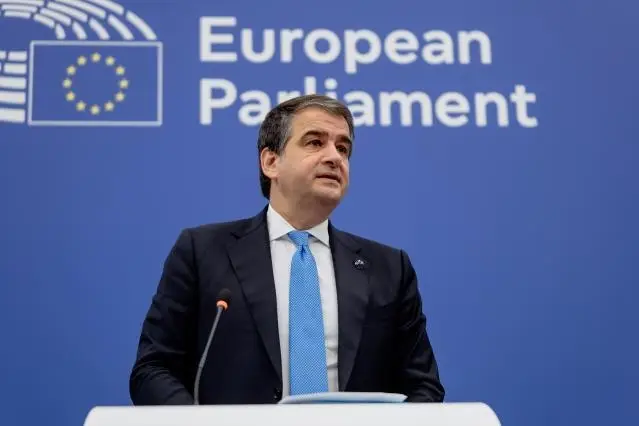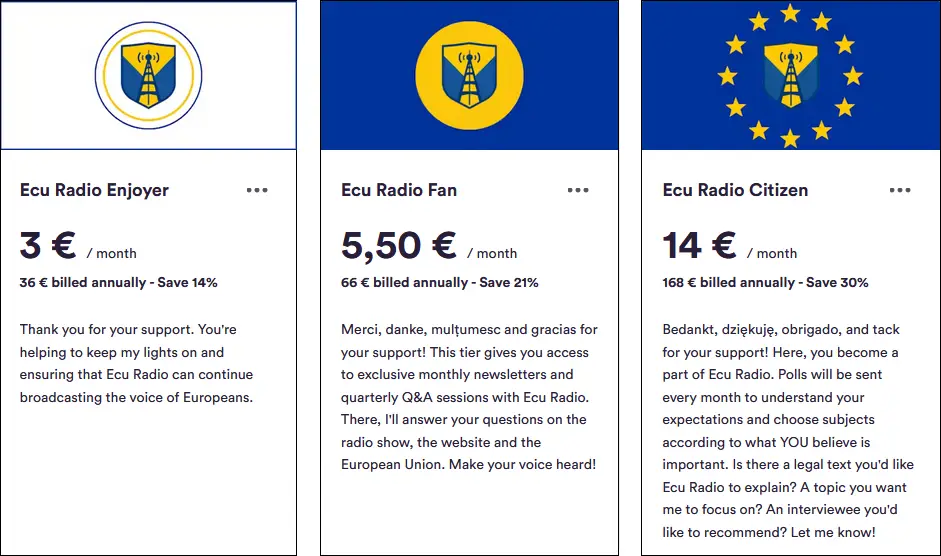
On April 1st 2025, the Commission revised the EU’s cohesion policy in an attempt to ‘better support EU competitiveness and decarbonization, defence and security, the Eastern border regions as well as affordable housing, water resilience, and the energy transition”.
These amendments come in the context of new strategic priorities (e.g. defence industry, protection of the Eastern borders, affordable housing, energy transition, etc) motivated by major geopolitical and economic events such as the War in Ukraine, the Rearmament of Europe, the energy crisis or the upcoming Trade War with the United States. Their purpose is to allow Member States to redirect cohesion funds to these priorities on a voluntary basis. Their implementation is planned to begin in January 2026.
That raises the questions: what is the Cohesion Policy, and why it’s important? Let’s answer that.
What is the Cohesion Policy?
Best described as the EU’s main investment policy, it is chanelling funds in all regions and cities in the European Union, with a global budget of EUR 392 billion spread over 7 years. Such resources make it is one of the main program of the European Union, all in order to develop and/or support:
- Job creation, business competitiveness and economic growth: by far the most important area, receiving 92% of the funds allocated.
- Sustainable development, with 5% of the funds.
- Improvements to citizens’ quality of life with 3% overall.
Whenever you see a sign over a work or building mentioning “Financed by the European Union”, it is a result of the Cohesion Policy.
Why is the Cohesion Policy important?
Beyond the development goal, it is helping to make regions converge to a common standard of development. As the Commission puts it and as shown above, the bulk of the funding is “concentrated on less developed European countries and regions in order to help them to catch up and to reduce the economic, social and territorial disparities that still exist within the EU”.
This integration policy is a goal dating back to the Treaty of Rome in 1957, wording it as follow: “reduce the differences existing between the various regions and the backwardness of the less-favoured regions”. Now guaranteed by Article 174 of the Treaty on the Functioning of the European Union, it is a expression of EU solidarity and a core asset for European integration policies that Eurosceptic fight.
And that’s the gist of it. To dive deeper, you may:
Ecu Radio needs your support
Ecu Radio is an independent news website and podcast show, run full-time by a single dedicated contributor (for now). Support our work, get exclusive perks and help keep us going, starting from only 3€ per month. Let's unleash Europe's potential together!
Click here to support Ecu Radio

